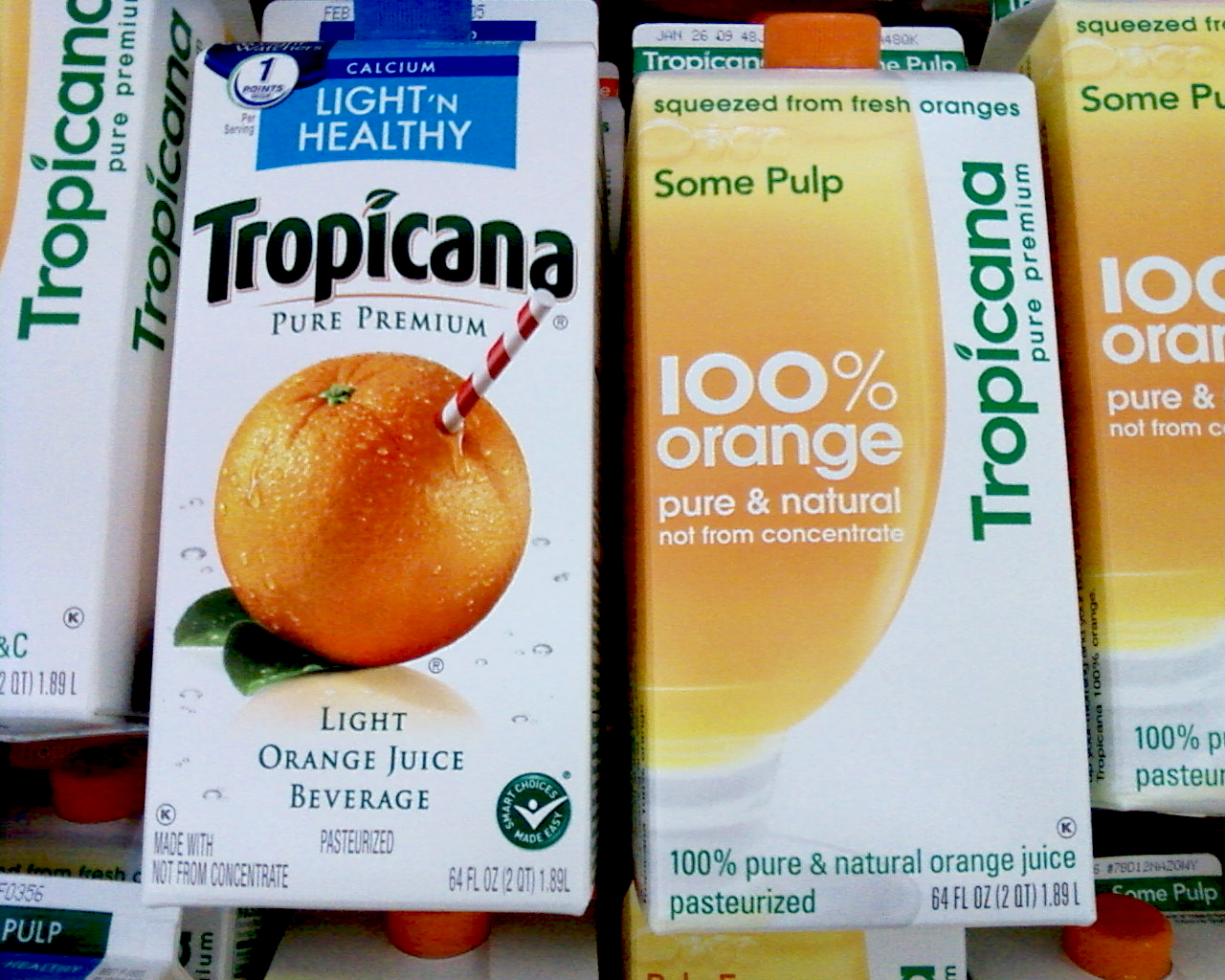What I mean by brand fatigue may not be what others mean by it. My concern with brand fatigue is not that people become tired of a brand, but rather that businesses or nonprofits become prematurely tired of their own brand presentation and, as a result, push to change it before it has had the opportunity to fulfill its mission or even fully register and build power in the minds of their brand consumers.
If a brand is authentic, true, and well executed, if it exhibits brand health, aligns with the mission and values of the nonprofit, or speaks to the key attributes of the business’ products or services, there should be no reason to tire of it.
The great Robin Wight summarizes this quite succinctly, “It’s certainly true that clients tend to throw away brand assets too early.”
And yet there persists a drive to keep changing things, and this is aided and abetted by ad agencies who, of course, make money by continually creating new material for their clients. Sometimes this makes sense. People do get tired of the same TV commercial. For essential brand matters, however, the race is won by those who are most consistent.
In a world characterized by clutter and overstimulation, absolute consistency is a key attribute of any strong and healthy brand.
The thing about consistency is that it is really only boring to those who are dealing with it unnaturally closely every day; in a world characterized by clutter and overstimulation, absolute consistency is a key attribute of any strong and healthy brand. I have seen executives tire of seeing the “same thing” over and over, and be unable to resist the temptation to say “I’m sick of blue. Can we do this in another color?” or “We did this same sort of thing last year, let’s do something different this time.” Or, “Well, the agency should be free to be creative. Can’t they use any color they want?” This is understandable. The brand managers have to look at the detailed visual manifestations of their brand constantly.
I would argue though that the outside experience of the brand—the brand as it resides alongside its competitors—is quite different, and this kind of brand fatigue often seems to set in just as the brand is actually beginning to leave an impression, just as it is beginning to sink in and lodge in its proper place in the minds of the brand’s consumers.
Brand fatigue, therefore, is something that should be, in most cases, rigorously resisted.
This is not to say that many brands do not NEED to be periodically refreshed.
This is not to say that many brands do not NEED to be periodically refreshed or that unhealthy brands do not need to be nursed back to health, sometimes with drastic measures, but for an essentially healthy brand, the full brand implementation must be consistently maintained for it to be effective.
In the big money sphere, a very highly publicized example of what I believe to be “brand fatigue syndrome” took place at Tropicana in 2009. Sterling Brands had created an intelligent and clear product brand system for their products. It was based on solid research and effectively differentiated Tropicana on the shelf, made it easy to select the exact product the consumer was looking for, and highlighted the familiar and iconic orange with a straw motif. See the Sterling Brands overview.
Consumer behavior was not changing with regard to orange juice purchasing or consumption.
Within two years of successfully putting this packaging fully in place across America, someone at the parent company Pepsi seems to have gotten bored with it all and decided to pay another agency, Arnell Group, to address their feelings of brand fatigue. I put the situation like this not because I have any inside information on what the brand managers at Pepsi were thinking, but simply because I cannot believe that there was any kind of consumer demand for this change. There were no seismic market shifts taking place. Tropicana was not losing market share. Consumer behavior was not changing with regard to orange juice purchasing or consumption. The product was not changing in any way. And Sterling Brands’ research had not been flawed. So in short, there were no indications of poor brand health of any sort.
So really the ONLY issue, as far as I can tell, was that someone high up was bored and decided to do something about it.
The request went out, an agency was hired, and when it was all done, the new packaging looked like what’s on the right:
Having gotten what they asked for, the executives may have been surprised to find that the brand’s consumers had not been bored at all. In fact, they had rather come to depend on the old packaging to find what they were looking for in a crowded supermarket aisle. Indeed, the new packaging seems to have made some of them confused if not mad, and it generated a bit of a firestorm. And, most importantly, it caused a 20% fall-off in sales to the benefit of Tropicana’s competition.
So after having spent all this money to alleviate someone’s brand fatigue, the whole thing was rescinded. They went back to the old packaging. For me, this stands out as an object lesson—a classic case of “If it ain’t broke, don’t fix it.”
We always ask our clients “Why do you want to do this?” and “Because we are tired of looking at it.” is not a good enough answer.
It’s easy to understand how the managers of a brand can become tired of their own branding sooner than the brand consumers do. It’s a matter of exposure. The brand managers are sitting in a meeting staring at that same old packaging for yet another year. The consumer, on the other hand, is looking at the packaging for all of 5 seconds while they are scanning the shelf. They find what they want—Tropicana OJ with extra pulp—now they are on to the sour cream …
The lesson here is just as applicable, if not more so, for smaller brands because their brand exposure is much less intense than this.
The lesson here is just as applicable, if not more so, for smaller brands because their brand exposure is much less intense than this.
Compare this case to, say, a nonprofit that only gets the opportunity to put itself squarely in front of its brand consumer’s eyes and mind twice a year. How much more important is it for them to stay the course and stick with their brand? This is most certainly not to say that an organization should stick with a brand that is not working or one that is not true just because it’s bad to change. It simply means that you should ALWAYS check to make sure the reason you want to change your brand is much more than your having grown tired of it.
Do you need an affordable way to improve your brand today?
Because we know that not everyone needs or can afford our full process, we created a guided tutorial package for our foundational brand strategy tool: the Brand Pyramid. Watch the video for a preview.
For more information on the brand strategy tutorial, visit here where you will find a fuller explanation and link to a free download of the first video.
Image credit: “tropicana – old and new” by j_lai is licensed under CC BY 2.0 / Saturated and brightened from original; featured image “Tropicana Products old Logo” by Adrio is licensed under CC BY-SA 3.0




Ask for help.
We are kind, thorough and ready when you are. You just need to ask.